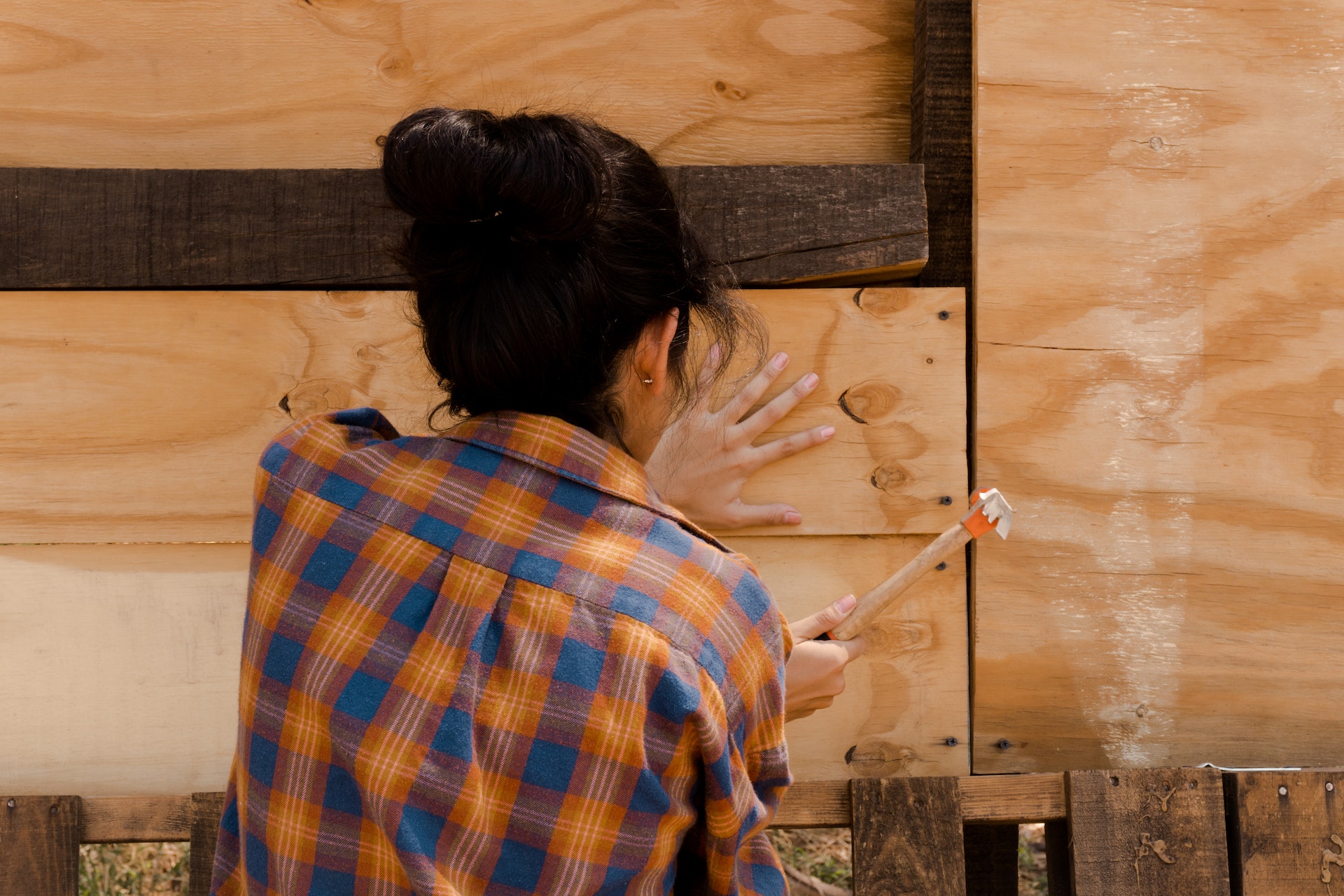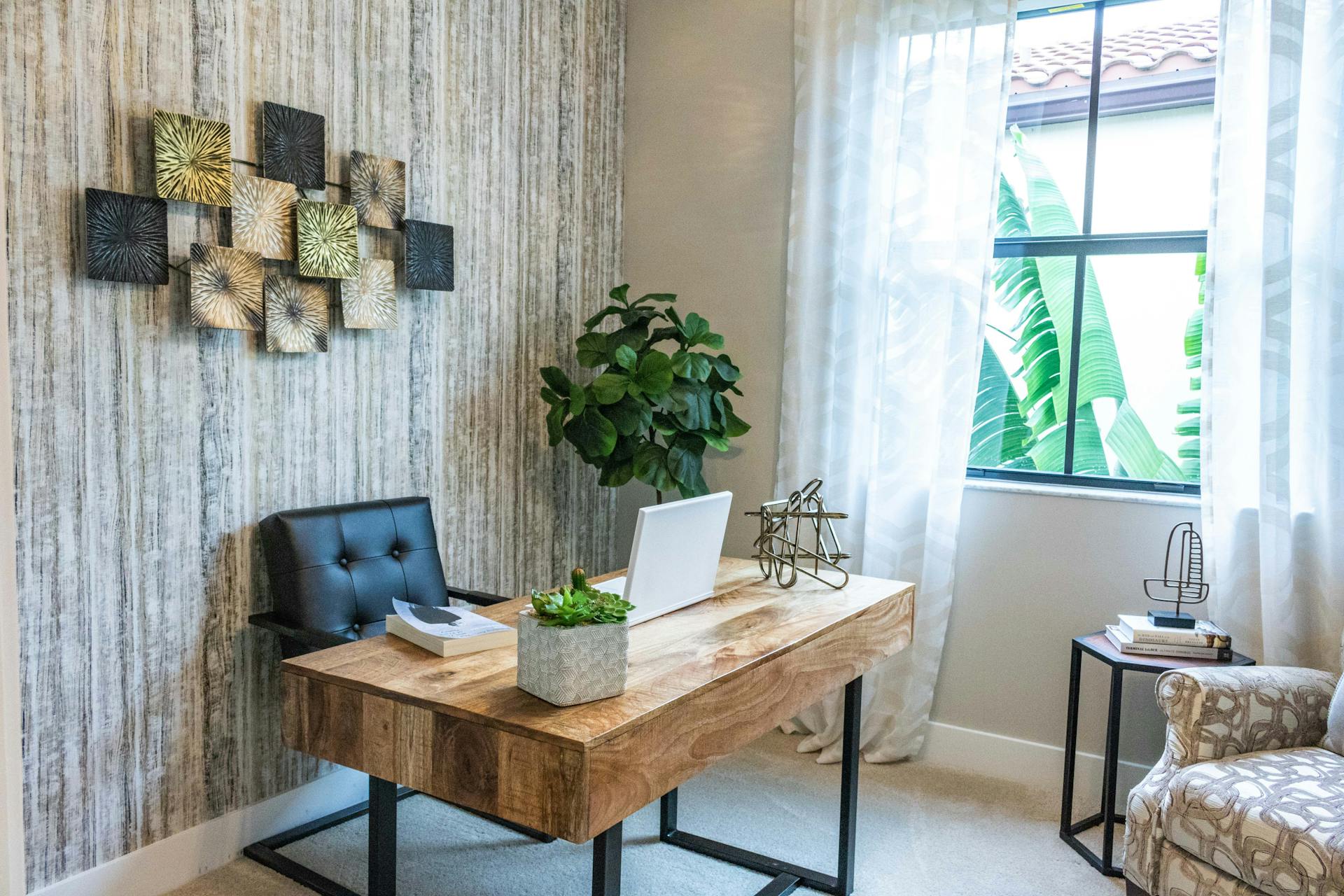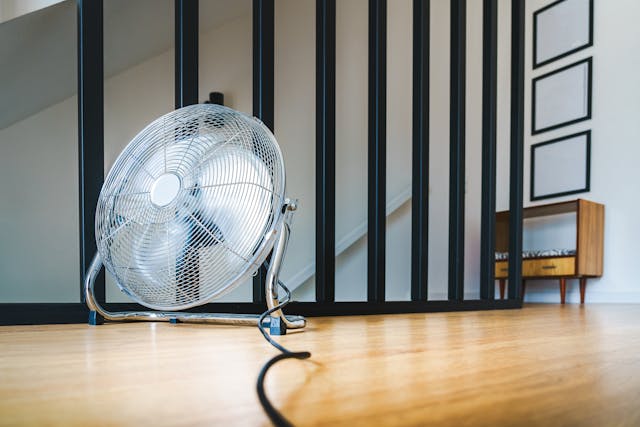What is Considered Normal Wear and Tear?
In many situations, it's hard to determine what is considered normal wear and tear and what is considered damage. Wise landlords soon learn the difference to avoid tenant disputes and receive fair compensation for actual damages.

When tenants move out of your property, the property is not going to look exactly as it did when they first moved in. The law allows landlords to deduct portions of the security deposit to cover the cost of damages caused by a tenant. However, landlords cannot deduct from the security deposit to repair normal wear and tear or the normal depreciation of a property.
However, in many situations, it's hard to determine what is considered normal wear and tear and what is considered damage. Wise landlords soon learn the difference to avoid tenant disputes and receive fair compensation for actual damages.
When managing your first rental or getting deeper into the rental business, you'll need to learn how to differentiate between damage and wear and tear. Beginning with these topics will help set the necessary foundation for your future growth.
What Is Wear And Tear?
All rental properties are going to suffer some deterioration, even with the best of tenants. Wear and tear is the inevitable decline of a property's overall condition due to time and usage.
There is nothing wrong with wear and tear happening to the property. High-quality components will wear out more slowly, but everything eventually degrades and needs to be replaced. By simply being used, things like the sinks in your property are gradually breaking down. These kinds of changes are expected to happen while a tenant is living on a property. The longer a tenant lives in a rental property, the more cases of wear and tear you should expect to see around the property when they move out.
As these are a natural change in the property and not caused by neglect or misuse by the tenant, the tenant should not be held responsible for these things.
Normal Wear And Tear Examples For Renters
It can be hard to get an exact idea of what makes for wear and tear. These are some of the most common types of wear and tear seen at rental properties:
- Scuff marks or worn patches on linoleum
- Wear patterns on carpet
- Carpet seams unglued or unravel
- Warping of doors and windows
- Wall dents from door handles
- Broken strings on blinds or curtains
- Cracked light switch plates
- Cracks in walls or ceiling from settling
- Sun-faded or heat blistered blinds or doors
- Wobbly toilet
How Does Normal Wear And Tear Affect The Security Deposit?
Should normal wear and tear affect the amount of the security deposit that's refunded to the tenant? No; it should not. These common wear and tear issues should never be deducted from the tenant's security deposit. Instead, landlords should plan on covering these costs involved in refurbishing the rental unit for the next tenant.
As mentioned, normal wear and tear is something that happens through the regular use of the property. The items are not degrading because of any mistake by the tenant; they simply have a limited usage lifetime.
For that reason, you are not able to withhold anything from the security deposit to cover the cost of repairing any normal wear and tear issues before you rent the property out again. Instead, you should budget the expected cost of repairing these types of things into your overall business model so they do not detract from your profits.
As you gain more experience turning over properties, you'll have a better basis for understanding what you can expect from wear and tear.
What Is Considered 'Normal' Wear And Tear?
The best way to get an idea of what comprises normal wear and tear is to break things down into smaller categories. Looking more specifically at subcategories can help you gain perspective on what is normal wear and tear.
Normal Wear And Tear To Flooring
When considering flooring, you can understand what is normal wear and tear and what is tenant damage by thinking about the lifetime of the type of flooring.
High-quality hardwood floors, for example, have a lifetime of around 20 years. It would be normal to see light wear and fading from sunlight on the floors, but a large hole or gouge would be unexpected damage. Carpet, on the other hand, only has a lifetime of five years and should be replaced by a landlord at this time.
The following conditions are commonly seen types of wear and tear in flooring:
- Fading from sunlight
- Wear in high traffic areas
- Peeling from less durable types of flooring, such as linoleum
- Dirty grout around tiles
- Worn areas of the carpet from furniture
Anything that can happen through the continual use of an item cannot be considered to be tenant damage. Issues like cracked tiles or ripped out floor boards that are caused through excessive force or neglect, however, are considered to be damage.
Normal Wear And Tear To Walls
Paint naturally wears out; the lifetime of most paint jobs can reasonably be considered to be around three years. The following are considered normal wear and tear:
- Peeling paint
- Fading from sun damage
- Small scuffs from normal daily living
- Ceiling paint issues from leaks (if reported and not caused by tenants)
Unpatched holes, excessive marks, or painting over the rooms in an unapproved color can all be considered tenant damage as they go above and beyond what would normally happen. Everything has to be judged on a case-by-case basis, but you will gain some perspective for it over time.
Normal Wear And Tear To Appliances
Like the other items covered, you'll want to consider the useful life of the appliances provided in your properties. A freezer when kept up properly, for example, can last for 15 or 20 years. If a freezer was just replaced last year and is suddenly broken, that may be a case of tenant damage.
Of course, appliances are complex items that can sometimes break without any obvious cause. These cases can be difficult to stomach, but the tenant should not be blamed for appliance durability issues. Instead, consider making sure the appliances are properly maintained and insured to reduce the impact of such occurrences.
Normal Wear And Tear To Plumbing And Fixtures
Certain parts of the plumbing system are going to naturally wear out from regular use. Plumbing has regular small leaks from fittings and washers wearing out. These should be easily replaced as part of normal maintenance. Faucets and showerheads can wear out overtime from mineral buildup; that is also a natural problem.
A large stain on the floor or ceiling from an unreported large leak or overflowed tub, however, would not be normal wear and tear. Similar, broken toilet bowls, seats, or lids are not an expected issue and should be considered tenant damage.
Normal Wear And Tear To Other Items
As you can see, there is a lot of similarity in how to think about natural wear and tear in each category. Think about the following for each area or item:
- How long can I expect this to last?
- What type of maintenance needs to be done on this item for upkeep?
- Is the tenant responsible for this upkeep, or will I do it?
All of these things should be clear to you, and the necessary aspects should also be communicated to your tenants through the lease agreement. This will help to prevent miscommunication.
What Is Considered Damage?
Damage to a rental property occurs as a result of unreasonable use, abuse, or accidents. This can also include intentional alterations the tenant made without approval. Even if the damage wasn't made by the tenant, but rather one of their guests, the tenant is still responsible for the cost of repairs.
Damages are exceptional to the terms of the lease agreement, and that is why the tenant is held responsible for them financially. In some cases, tenants will report damages when they happen. In other cases, you will discover them upon move out.
10 Examples Of Damage To A Rental Property
What types of damage are commonly seen at rental properties? We've gathered this list of 10 of the most common problems seen in rental properties. All of these issues are likely to be considered tenant damages and should be charged accordingly:
- Holes or tears in linoleum
- Burns or oil stains on carpet
- Pet urine stains on walls and carpet
- Holes in walls, not from doorknobs
- Torn or missing curtains
- Broken window or missing screens
- Water marks from overflowed sink or bathtub
- Cuts or burns on countertops
- Unauthorized painting
- Broken toilet seat, tank, or handle
How Does Damage Affect The Security Deposit?
What happens to the security deposit once you have determined there are tenant damages at the property? There are a few things that need to be done.
1. Document The Damages First, you'll want to make sure you have clear documentation of the damages. If you do a move-in and move-out inspection, you can keep both of these on file as proof of the damages. Documentation is important in case the tenant challenges your claims.
2. Estimating Costs Next, you will need to estimate how much it will cost to replace or repair the items. Some states require that you have a quote from a third-party repair party; others simply allow you to detail the cost based on averages. In all cases, you need to be sure you only charge the tenant for the applicable amount of damage caused rather than the full cost of the item.
For example, let's say your property contained a five-year-old fridge that was due to be replaced in five years. The tenant damaged it, so it needs to be replaced. They should only be charged for 50% of the value. Half of its usable life had already passed, so they are only charged for what remained.
3. Returning The Deposit Finally, the deposit, less the amount kept for repairs, should be returned to the tenant within the allotted amount of time. This ranges from two weeks to one month in most states.
How To Talk To Your Tenant About Property Damage
Depending on your relationship with your tenants, you might be nervous about withholding part of your tenant's security deposit to cover damages. If you like the tenants, you might even feel guilty doing so even though it is well-within your rights as the property owner and landlord.
How can you talk to tenants about property damage in a comfortable, yet professional, way?
The key is to make sure you set up the precedent for the damage conversation from the very beginning of your relationship. Then, maintain the same attitude and coverage of the issue as the tenancy continues. This makes it easy for both parties to be fully informed about damages and who is responsible.
Before Tenancy
Make sure your lease agreement includes specific details about the following:
- Security deposits
- Move-in inspection checklists
- Move-out inspection checklists
- What is considered normal wear and tear, and what is not
- Maintenance that the tenant is responsible for (i.e., cleaning appliances)
By including all of this in the initial lease agreement, both you and the tenant will know what the expectations are for the tenancy. Eliminating the chance for surprises will make it less likely to face any disputes over withholding the security deposit. Before the tenant moves in, do a complete and thorough move-in walkthrough together. Both you and the tenant should look for anything that isn't in perfect condition and include it on the checklist. Take pictures as well.
This process allows you to get a complete documentation of what the property looked like before the tenant moved in. When they move out, you can compare the two scenes if necessary.
During Tenancy
Throughout tenancy, make sure you keep up with any regular maintenance that falls under your responsibility or that you have decided to take care of the long-term health of the property.
For example, you might ask the tenant if you can stop by every five or six months to do a quick check of the plumbing, appliances, central heating, and air conditioning systems. This gives you a chance to make sure these systems are being properly used and monitored according to your lease agreement.
During The Move-Out Process
When moving out, complete a move-out inspection with your tenant. You will be repeating the same process as when they moved in. Only this time, you are looking for anything that is damaged more than expected. As you come across anything that you believe to be tenant damage, take this time to ask the tenant about the damage. Let them know if you plan to withhold funds for its repair in the moment if possible.
Returning The Security Deposit
While the specifics differ state to state, in general, a landlord must include a list of deductions along with any refunded portion of the security deposit. If the landlord has done a thorough move-in and move-out inspection with the tenant, there should be few surprises on either side.
Security Deposit Disputes
Unfortunately, disputes often arise when a tenant defines a deduction as wear and tear while a landlord considers it damage. A tenant may have a strong case if they can show that a landlord took a deduction for damages on something that is actually normal wear and tear.
As long as the landlord can give reasons for a reasonable interpretation of the differences between basic and normal wear and tear versus accidental or intentional damages and outline the damages to the tenant during the move-out inspection, disputes can be minimized.
Wear And Tear Vs Damage: Get It Right!
It can be stressful to enter a property for the first time after your tenants move out to catalog any damages in more detail. The move-out walkthrough is a great time to highlight any potential damages, but it can take some time to find everything.
If you're still having trouble delineating between damage and normal wear and tear, think through these questions:
- Could this damage happen naturally over time?
- Did natural forces cause this to happen?
- Was this item already old or wearing out before the tenant moved in?
- How long should this item last?
- Did the tenant do something with excessive force or neglect to damage this?
By working through these questions, you'll be able to start categorizing what type of problem areas fall into. Anything you are struggling to justify as tenant damage should be left as wear and tear; you should be able to easily prove damages to a court if necessary.
Created on: 03/15/24
Author: CreditLink Secure Blog Team
Tags: paint, holes , walls , carpet , wear and tear , damage , property damage,






















